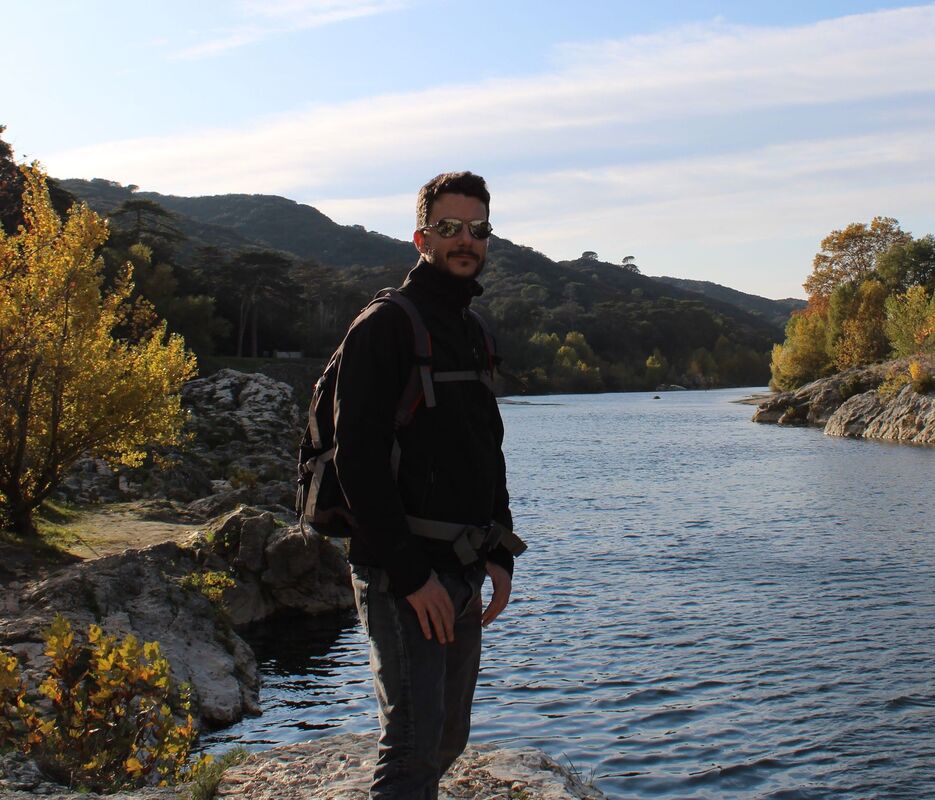Ecohydrology focuses on the close interrelationships between plants and the hydrosystem, and I am particularly interested by the way man could modulate these interrelationships.
What are your undergraduate and graduate degrees in?
MS in Agronomic Engineering and PhD in Spatial Ecology, both from AgroParisTech (France).
How did you arrive at working in/thinking about ecohydrology?
When I arrived at the LISAH laboratory seven years ago, I realized the importance of studying ecological processes in agricultural watersheds, thanks to the impetus of my colleague Jean-Stéphane Bailly. The impact of vegetation on water movement is so important to explain the redistribution of water in watersheds, but generally underestimated because of the complexity of the links between these two objects, studied by different disciplines: ecology and hydraulics. Ecohydrology, and in particular ecohydraulics, has been the most integrative discipline in which I have learned to understand these links. I also benefit from the Montpellier SupAgro hydraulic laboratory, thanks to Gilles Belaud, to carry out controlled experiments on plant materials and water flows. In addition, as an engineer by training, it was important for me to find ways to preserve water resources by acting on agricultural practices that have an impact on the water-plant system. I agree with another leaf, Mitch Pavao-Zuckerman, when he says that people have an important role to play in ecohydrology!
What do you see as an important emerging area of ecohydrology?
In my opinion, there is a lot of work to be done on the characterization of functional traits of plants that influence, or are influenced by water movements. A lot of processes occurred in natural or semi-natural lands with a mix of plants that are sometimes submerged during raining events. The functional trait approach developed in community ecology has mainly been devoted to life traits related to competition between plants for light or nutrients, or even water transfers by evapotranspiration, but rarely related to lateral flows.
Do you have a favorite ecohydrology paper? Describe/explain.
The paper Nepf, H. (2012). Hydrodynamics of vegetated channels. Journal of Hydraulic Research, 50(3), 262–279. https://doi.org/10.1007/978-3-319-17719-9_21 was an excellent overview of the complex links between vegetation and hydraulics. This paper paves the way for an analytical resolution of water-plant interactions, and was really inspiring for my research.
What do you do for fun (apart from ecohydrology)?
I like biking in the countryside and walking with my family in the city of Montpellier.

 RSS Feed
RSS Feed